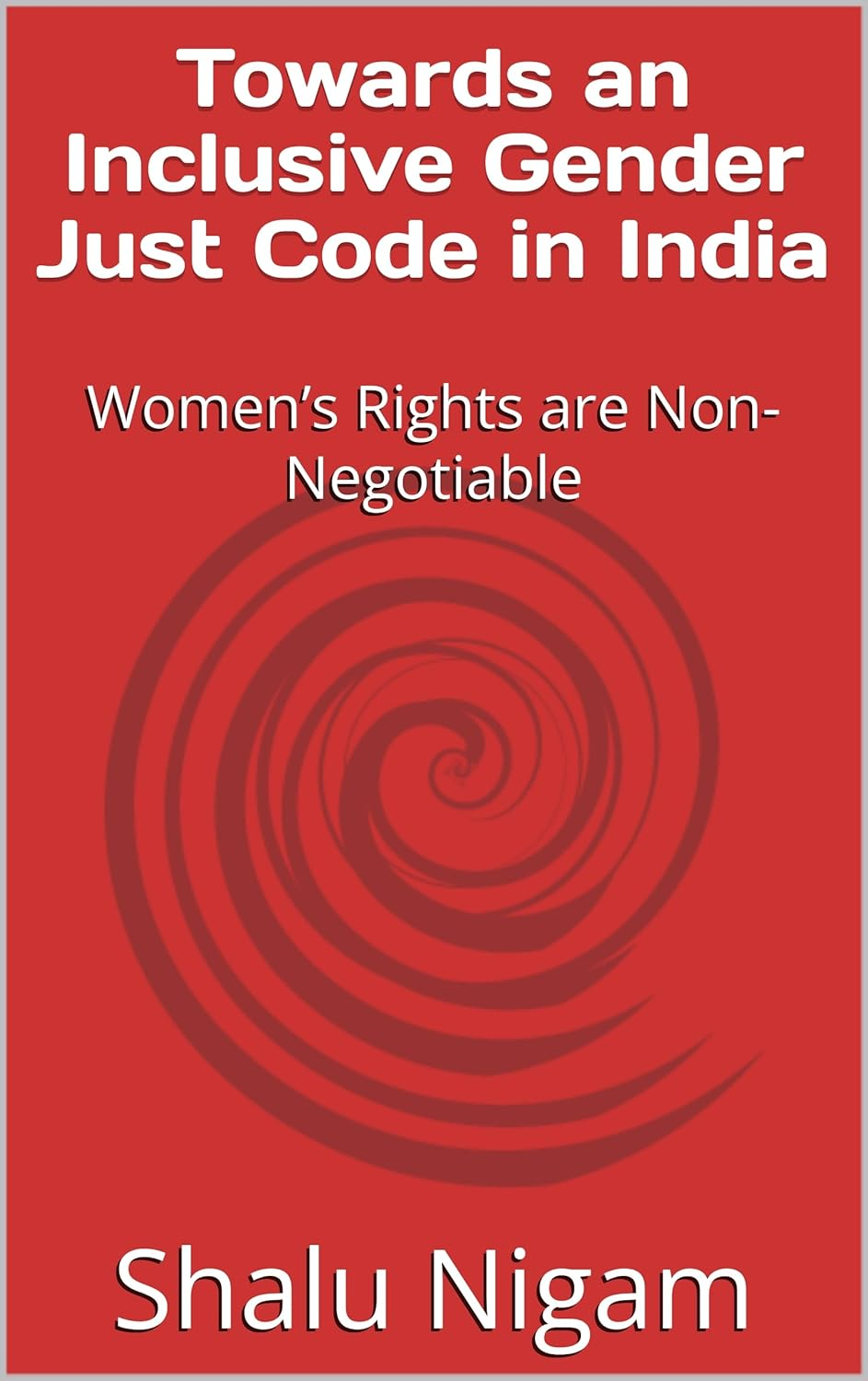Mahila Smriti not Manu Smriti
The current government is enforcing the Uniform Civil Code based on its idea of Manu Smriti.
This top-down approach is coercive and imposed without democratic consultation. Driven by vested political interests, not by genuine concern for gender justice. It risks erasing religious and cultural diversity, especially affecting minority women.
In my work on 'Towards an Inclusive Gender Just Code in India: Women's Rights are Non-Negotiable' available at https://amzn.in/d/0IHzOSL, I countered this proposition to argue that in the 21st century, India needs Mahila Smriti not Manu Smriti
#MahilaSmritiNotManuSmriti
The bubble-up approach, which I advocate, aims for inclusive reforms led by women from diverse communities. Based on the concept of intersectionality, I focused on the real-life experiences of women across caste, class, and religion.
I proposed a new Feminist Code based on:
- Substantive
equality
- Solidarity
- Respect
for community rights
- Democratic
consensus
In this work, I urged for the revocation of the Uttarakhand UCC, as it is undemocratic and exclusionary.
I argue that rather than a one-size-fits-all UCC, India needs pluralistic,
rights-based family law reforms that:
- Uphold
constitutional morality
- Are gender-just
and inclusive
- Are written
by and for women from all communities
Labels: bubble-up approach, Mahila Smriti, Manu Smriti, real-life experiences, substantive equality, UCC, Women's rights


